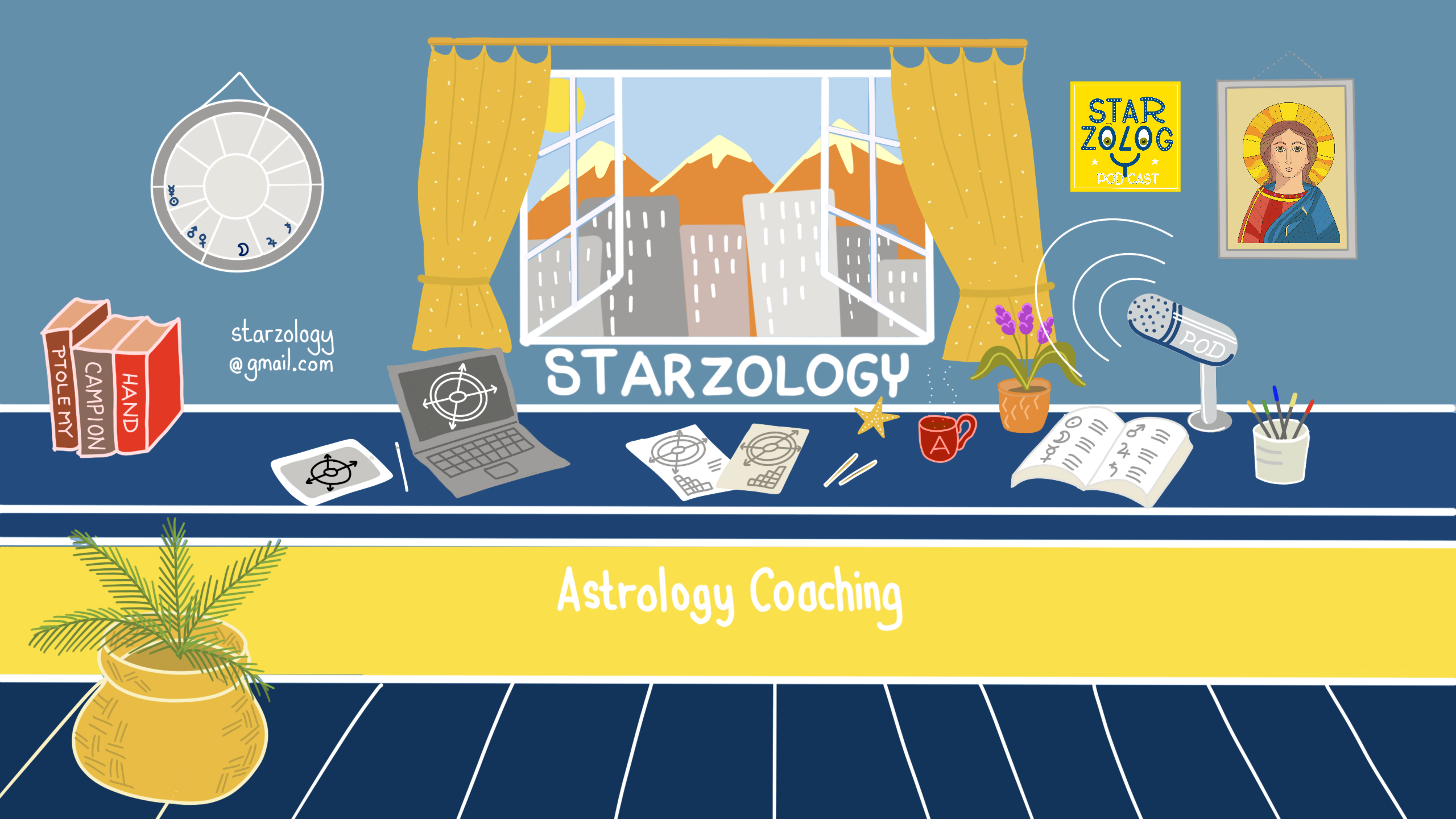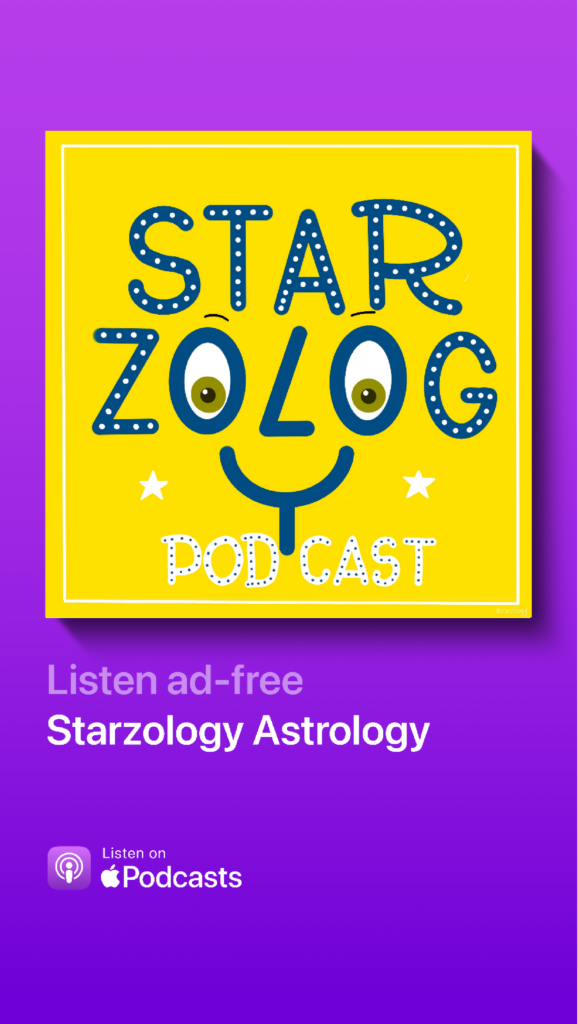
by Alison Price
Thor’s Hammer
Thor’s Hammer is a Major Aspect Pattern sometimes found in astrology charts. It is triangle shaped and if you have one you can see it immediately.
If you don’t have one you will probably only learn about this pattern later in the first or second year of your astrology studies.
Thor’s hammer and other major aspect patterns used to be part of the second year syllabus but have recently been brought forward to some first year classes.

Thor: the Man
Thor was a mythical guy who wielded a small hammer that was used for throwing. When hurled the hammer would spin and hit his opponent with quite some force. It was not a hammer for banging nails in or banging on about.
The head of his hammer was shaped short and blunt as the major aspect pattern triangle is today thus the name Thor’s hammer.
Thor’s hammer is formed by three planets, two planets in square with each other and both sesquiquadrate to a third planet.
Features of a Thor’s Hammer
There are several things that make a Thor’s hammer different to any other triangle shaped aspect pattern like a grand trine, T-square or yod.
This pattern has only hard aspects
The square (90°) always drawn in red ink, and the sesquiquadrate (135°) always drawn in orange ink, are both aspects from the eighth harmonic. This means they are derived by dividing the circle by 8 (360/8=45) and 4 (360/4=90). The sesquiquadrate is one quarter (90°) plus one eighth (45°) resulting in 135°.
There are no soft aspects in this major aspect pattern such as a trine or sextile.
In our example chart Terry Fox has Sun square Mars and both sesquiquadrate Saturn and this forms his Thor’s hammer.
It is a manifesting aspect pattern
A manifesting aspect is one from the eighth harmonic set of aspects. These are always challenging and will be the aspect that the person will be working with already. Manifesting aspects do not hide in the bushes they are to be grappled with from day one.
Resistant to change
Due to the tight squares and sesquiquadrates this aspect pattern is resistant to change and the planets in the aspect pattern will be locked together and work as a ‘team’ for the person whose chart it is. This can be for good or bad depending on the planets involved.
In our example chart the three planets are the Sun, Mars and Saturn.
Difficult to live with
A Thor’s hammer is difficult to live with because it will keep on coming up as the squares and the sesquiquadrates demand their attention.
The Sun square Mars is a very masculine aspect full of life and energy.
The Sun sesquiquadrate Saturn suggests a struggle to achieve the life’s goals but shows perseverance.
The Mars sesquiquadrate Saturn indicates the drive and the ambition are linked in a powerful way but that caution may be cast to the wind in the push for life.
The focal planet is a sensitive point

One square and two sesquiquadrates.
In every triangle shaped major aspect pattern there are three planets. Two will be in cahoots and the third will be a ‘focal’ planet.
The focal planet in a Thor’s hammer is the one with the two sesquiquadrates connecting to it.
This planet will express the energy of the two other planets in square through itself into the chart. This makes the focal planet very sensitive to the energy from transits and progressions and those from the other two planets as well.
In our example chart for Terry Fox the focal planet is Saturn retrograde in Sagittarius in the fifth house of sport. This suggests the energy (Mars) and the identity (Sun) was been harnessed towards the goal (Saturn) even to the detriment of the life as this man pushed through adversity in sports.
Note the dispositor of the focal planet
The focal planet’s dispositor is the planet that rules the sign that the focal planet is in. So if the focal planet is Saturn in Sagittarius, Jupiter (as the ruler of Sagittarius) will be the dispositor of Saturn. or in other words, Jupiter will dispose Saturn in the chart.
This suggests that caution will be cast to the wind and the underlying Saturn drives may be taken recklessly because of Jupiter’s influence on the staid focal planet Saturn.
General interpretation
Thor’s hammers need careful interpretation. You have to understand the meaning of the three planets (Sun, Mars and Saturn) and the meaning of each individual aspect (the square and the sesquiquadrates) and which planet is stronger in each aspect before you can understand the inner dynamics of a Thor’s hammer.
Again in our example, in the Sun square Mars aspect, the Sun is powerful in Leo (score +5) and Mars is in detriment in Taurus (score -5) so the Sun dominates the square.
In the Sun sesquiquadrate Saturn aspect, the Sun again dominates this aspect and bosses up the sesquiquadrate with Saturn.
In the Mars sesquiquadrate Saturn aspect, Mars is in detriment in Taurus (score -5) and Saturn is peregrine in Sagittarius (score 0).
Neither Mars nor Saturn has accidental dignity by house but Mars is most elevated and Saturn is retrograde so on average Mars will be stronger than Saturn in that particular sesquiquadrate. This again shows the weakness of his Saturn.
Be on the lookout for a Thor’s hammer and see how it works in your charts.
















